I remember as if it were yesterday that I saw a practical class for the first time, on a Thursday at 2.30 in the afternoon of 2006, I had to see the zoology II chair, and it was about chondrichthyans, they are the famous cartilaginous fish, with this post I go to teach you a little about their anatomy!🤩🤩
Lembro-me como se fosse ontem que assisti pela primeira vez a uma aula prática, numa quinta-feira às 14h30 da tarde de 2006, tinha que ver a cadeira de zoologia II, e era sobre os condrichthyans, são os famosos peixes cartilaginosos , com esse post vou te ensinar um pouco sobre a anatomia deles!🤯👨🏫👨🎓

BREATHING IN CHONDRICHES🦈🐟🐠🐳
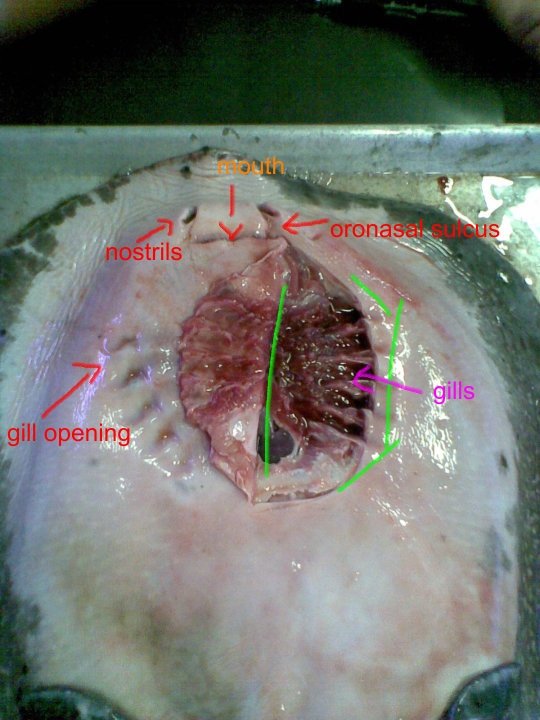
Chondrichthyans are a higher order of fish, they differ by having a cartilaginous bone structure, the two main animals are rays, sharks and chimeras! Chondrichthyans present a mosaic of evolved and primitive characters. Among the primitive features its basic anatomy stands out. Among the evolved features, two stand out: the suspension and structure of the fins and the structure and composition of the jaws and dentition.🙂😮😮
Os condrichthyans são peixes de ordem superior, diferem por possuírem uma estrutura óssea cartilaginosa, os dois animais principais são raias, tubarões e quimeras! Os chondrichthyans apresentam um mosaico de personagens evoluídos e primitivos. Entre as características primitivas destaca-se sua anatomia básica. Dentre as características evoluídas, duas se destacam: a suspensão e estrutura das nadadeiras e a estrutura e composição das mandíbulas e dentição🐳🐬🦈🐠🐟🐡.

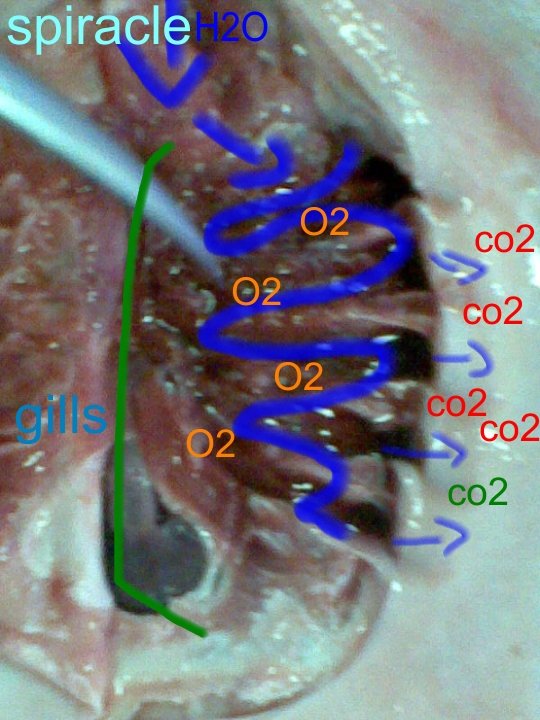
In a more enlarged image we can see how the respiratory process works in the rays, the water enters through the spiral, passes through the gills, and the oxygen is absorbed by some vessels that transport the O2 to the blood stream, then the oxygen is degraded to CO2 and finally expelled by the gill slits!💥💥💖
Numa imagem mais ampliada podemos ver como funciona o processo respiratório nos raios, a água entra pela espiral, passa pelas guelras, e o oxigênio é absorvido por alguns vasos que transportam o O2 para a corrente sanguínea, então o oxigênio é degradado em CO2 e finalmente expelido pelas fendas das guelras!💦💦💨💥

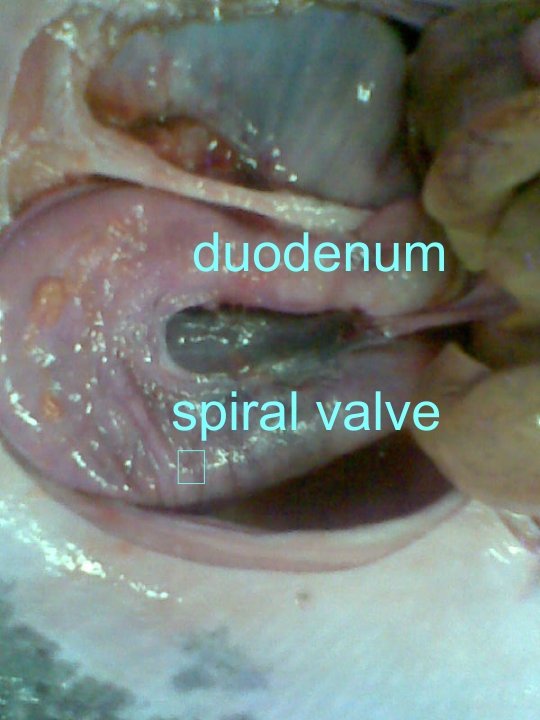
The esophagus is relatively long, the stomach is U-shaped, the intestine is regionalized in the duodenum, valvular intestine and rectum.The most notable morphological characters that differentiate the digestive system of the two species are: the presence of the cardiac sphincter and the shape in S of the rectum in U😮😮
O esôfago é relativamente longo, o estômago tem forma de U, o intestino é regionalizado no duodeno, intestino valvar e reto. Os caracteres morfológicos mais notáveis que diferenciam o aparelho digestivo das duas espécies são: a presença do esfíncter cardíaco e o forma em S do reto em U🦈🐬🐟🐠🦐

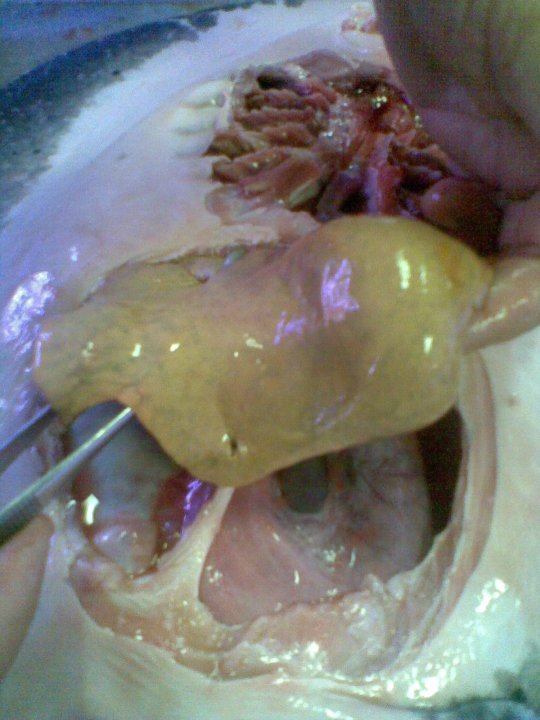
The effect of the liver makes the density correction when submerging a shark sufficient so that it does not sink into seawater. Sharks are able, by controlling the lipid storage-reabsorption balance in the liver, to control their buoyancy. Stores vitamins
• Synthesizes a component similar to starch
used as fuel in muscles
• Stabilizes blood sugar levels
• Detoxifies poisonous elements
• Synthesizes enzymes
• Processes fats and stores them (up to
68 L of oil)
• Synthesizes bile and cholesterol
• Source of metabolic heat
• Synthesizes blood elements
(hematopoietic)

BRAIN: It is located at the anterior end of the body. It is the first to establish contact with the phenomena of the environment that demand a response. Brain structures: Ventricles: initial cavity of the neural tube of the embryo, persists in adult, forming a series of cavities and fluid-filled conduits. (L. encephalo-spinal). Olfactory bulb: it serves as a connection for cranial nerves except those of the nose and eyes. Cerebellum: it is associated with motor activities, contributes to the control of voluntary movements, precision and coordination. Control the impulses necessary to carry out each movement.👀👁🦾🧠🧠
CÉREBRO: está localizado na extremidade anterior do corpo. É o primeiro a estabelecer contato com os fenômenos do meio ambiente que exigem uma resposta. Estruturas cerebrais: Ventrículos: cavidade inicial do tubo neural do embrião, persiste no adulto, formando uma série de cavidades e condutos cheios de líquido. (L. encephalo-spinal). Bulbo olfatório: serve de conexão para os nervos cranianos, exceto os do nariz e dos olhos. Cerebelo: está associado às atividades motoras, contribui para o controle dos movimentos voluntários, precisão e coordenação. Controle os impulsos necessários para realizar cada movimento.

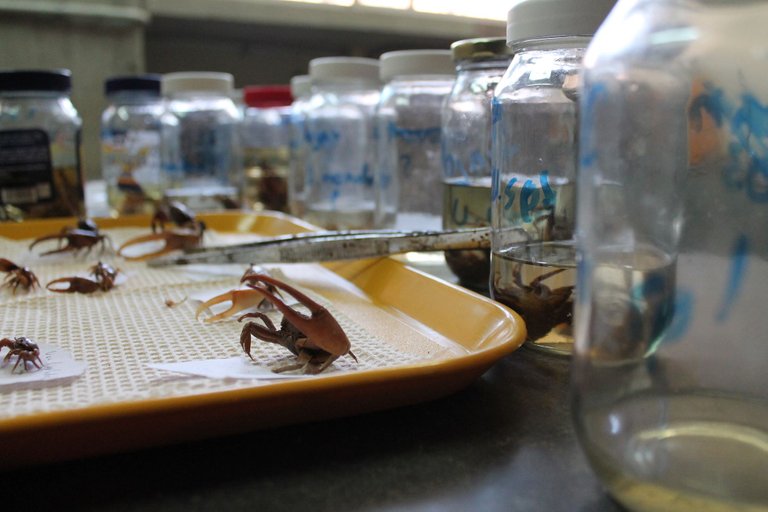
Source: me, lab Zoology II, 2005 photos take blackberry.
THANKS 🤩😝
🎈🎆🎇🎀🎁🎊🚙🌏🧡❤











We appreciate your work and your post has been manually curated by @nelinoeva on behalf of Amazing Nature Community. Keep up the good work!